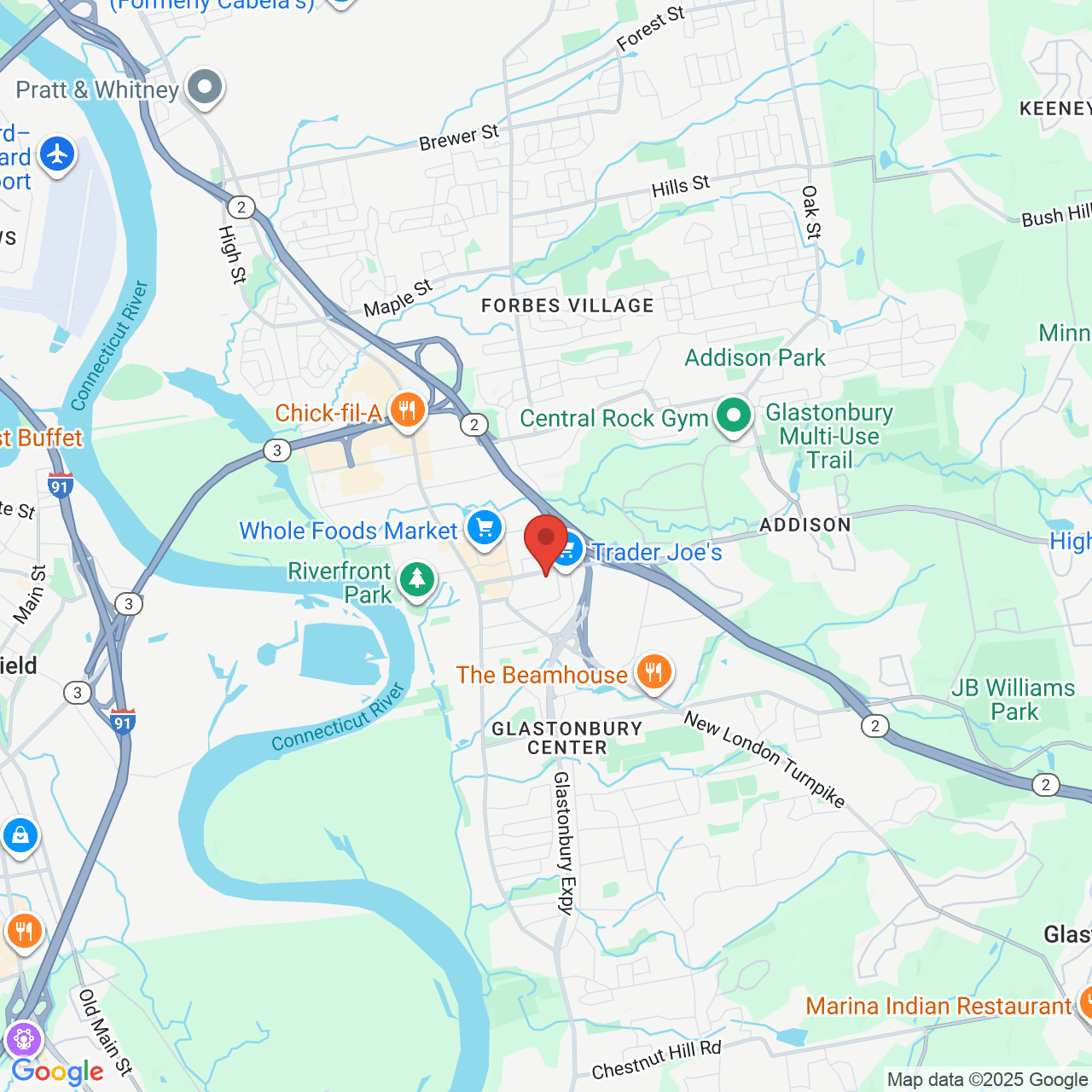Description
The goal of minor bone augmentation is to improve jawbone density for the placement of dental implants. In this video, Dr. Avinash S. Bidra summarizes the case of a young man with implant-supported crowns. The results were satisfactory.
View transcript
Hello and welcome to Geistlich biobrief. My name is Avi Bidra. I'm a board-certified, surgically trained maxillofacial prosthodontist. I'm also director of the prosthodontics residency program at UCONN School of Dental Medicine.
The patient was 30 years old, and he was actually really unhappy that he had these resin-bonded bridges with consistently getting debonded. He had been congenitally missing lateral incisors. There is significant loss of buccal bone contour. So I took a CT scan and the CT scan revealed adequate bone width for placement of narrow diameter implants, which are primarily indicated for lateral incisors.
So the approach I had was when you have a papilla, I always try to preserve it. So my idea was to preserve the existing soft tissue architecture, improve the facial contour, of course, at both the sites, and harmonize aesthetics and function with optimal implant-supported crown. Doing a risk profile assessment, patient aesthetic requirements was high being a young person, you know, who needed to speak, smile confidently.
So the gingival biotype in this patient is thin and highly scalloped, which is high risk. Means scalloped gingiva has a risk for loss of contour after surgery, loss of papilla, blunting of the papillas. So that's something we need to be considered. The soft tissue anatomy was intact, but I had a horizontal defect.
So my treatment plan was I knew, anticipating going forward, I will need to do additional bone grafting and contour augmentation. The plan was to use the cement-retained restorations with certain amount of bone grafting, which will allow me to proceed further.
So here's the preoperative situation of the patient. You can see that the papilla has been maintained by the previous Maryland bridge. So my goal would be now to preserve this papilla and work around them. I use bilateral papilla-sparing incisions on both sides. The treatment plan was to use Straumann narrow-diameter implants. As anticipated, I ended up having to deal with apical fenestrations on both sides. And both implants achieved good primary stability. I used a mixture of autogenous bone and I mixed it with Bio-Oss because I wanted a material which will support the contour, which has a low substitution rate, easy to handle. I needed a collagen membrane which will basically, obviously, can be draped nicely, you know, easy to handle, and obviously resorbable and Bio-Gide was a natural choice for that. It's non-crosslinked. You can notice how the membrane was trimmed to accommodate my flap design. So the membrane was placed on both sides. And now you can notice I did not have to advance the flap significantly forward and displace the mucogingival junction.
Three months after the implants were healed, because I had good soft tissue support, I ended up provisionalizing the implant. These are provisional crowns in place. The soft tissue response has been great, and you can notice minimal scar lines. From an occlusal standpoint, you can see the contour is really stable even after the final restoration. This is a picture with the final zirconia crowns over custom titanium abutments.
In summary, when you can do single-stage implant placement, that's the way to do it. I like to use a bilateral papilla-sparing incision. And, you know, trying to use a material which does not resorb easily, stays long, and using a membrane which is easy to handle, easy to drape, and, of course, mixing the bone grafting material with autogenous bone. So you want a material which lasts long, stays there, and of course has a proven track record and, of course, having a membrane, you know, which has excellent soft tissue response. People don't value that enough, but I think a membrane like Bio-Gide soft tissue response is excellent because it rapidly vascularizes.
So that's pretty much my summary, and I hope you enjoy reviewing this case. Thank you.
























